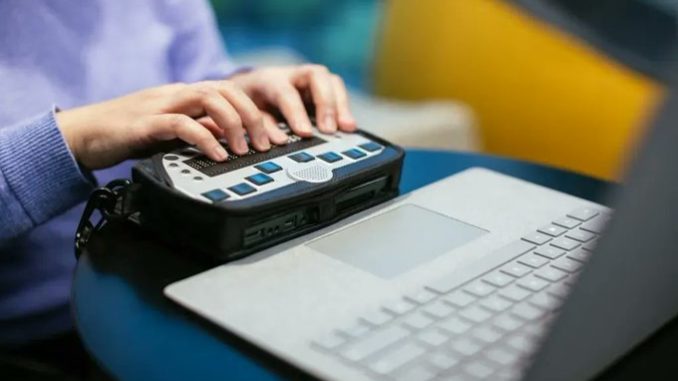
Sammy was diagnosed with Autism at a young age. I first met him through his Microsoft internship application and followed him on his path to becoming a full-time employee. Sammy is not his real name, but his experience is very real. Like many people with a disability, he has felt excluded from society at times, first at school when he wanted to help fellow students with autism, but the administration discouraged him from doing so because of his disability. As he grew up, he worried these imposed limitations would carry over into employment, so he learned to mask his disability to avoid the stigma he might encounter in job interviews.
His experience, unfortunately, is not unique. In the age of “The Great Reshuffle” companies are vying for talent, and people with disabilities are an untapped talent pool to bridge the gap. Globally, however, the unemployment rate for people with disabilities is more than double that of people without. So, what is going on and how can technology play a role?
When sourcing for candidates, recruiters have a variety of tools to choose from, including automated screening tools. Sammy encountered bias from people in his education experience and employment search with various companies, so could the use of artificial intelligence (AI) correct that bias or will machine learning also filter out highly qualified candidates with disabilities like Sammy? The Inclusive Design Research Center at OCAD University (IDRC) is searching for that answer. It is estimated that over 50 percent of companies will deploy some form of AI-assisted or AI-automated hiring tools in the next decade. These tools use past hiring data to filter applicants by optimizing the characteristics of previous successes, but does that approach help build a diverse and inclusive workforce?
